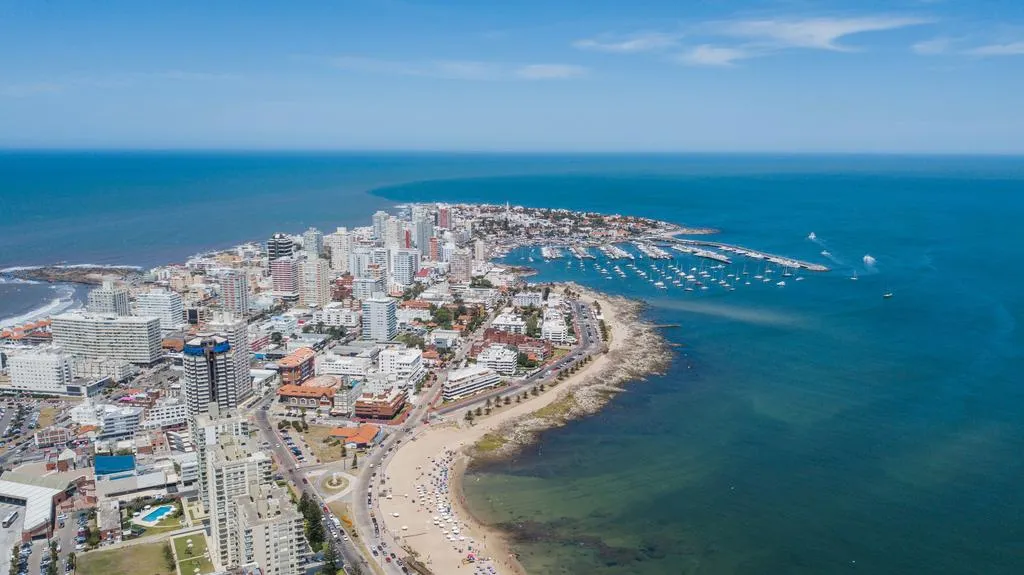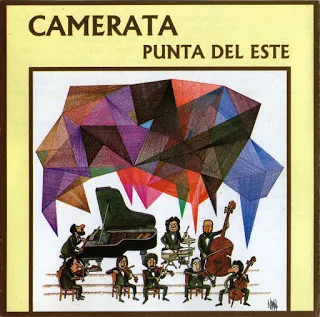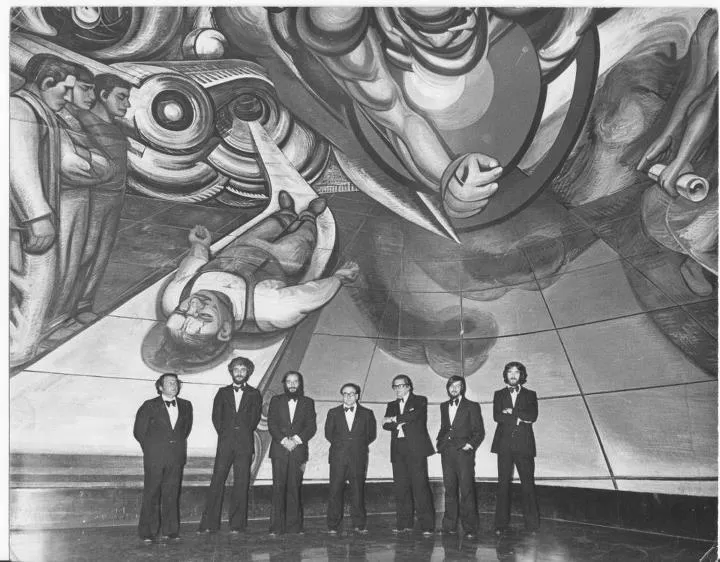In 1973, while I was living in Moscow, my family acquired a new member, thanks to his relationship with my sister. A young Uruguayan musician who was studying violin and who later became her husband and father of my nephews.
This young man was the son of a violist musician who was part of a very popular group, known and loved in his homeland. A group with very particular characteristics and that had become a musical phenomenon in Uruguay. A chamber group that had dedicated itself to playing and modernizing tango, which was initially called the Camerata del Tango and then became internationalized as:
Camerata Punta del Este
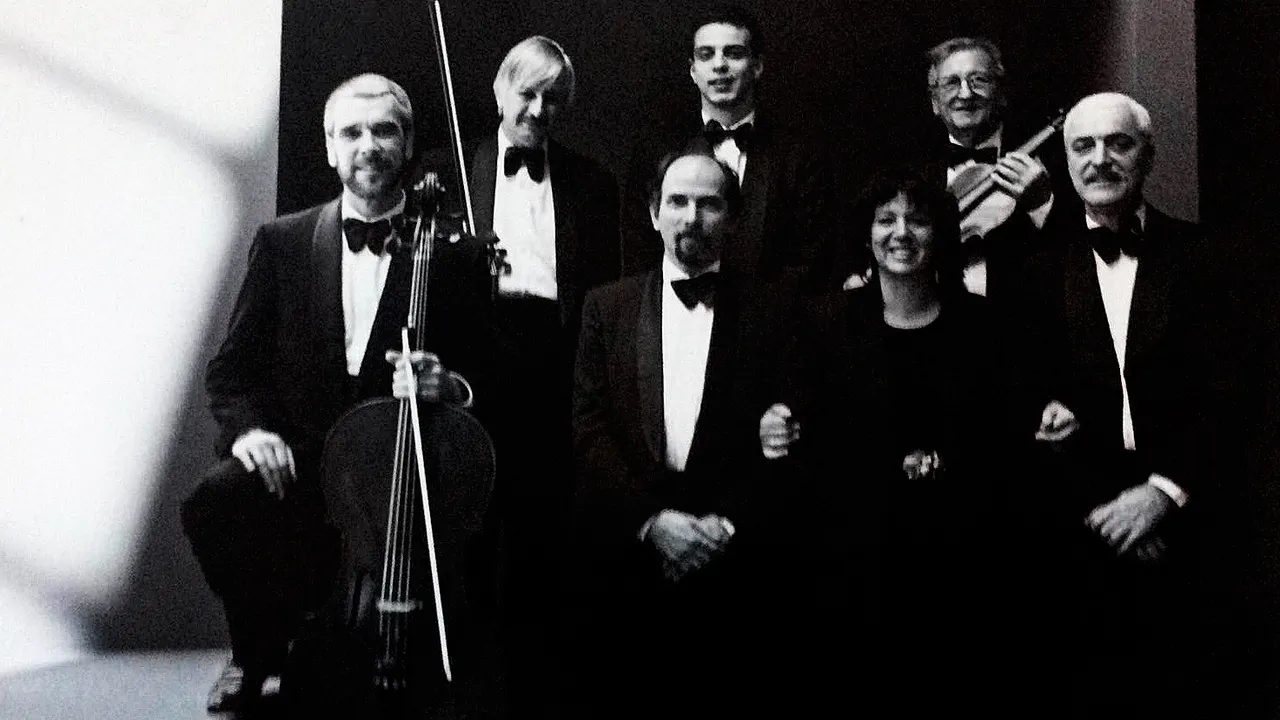
Source
¡Versión en español disponible aquí!
Deutsche Version zur Verfügung hier!

Punta del Este Punta del Este is a peninsular city, located in the south of Uruguay. The strip of land it occupies is conventionally considered as the separation between the Rio de la Plata and the Atlantic Ocean. It is considered one of the most important and luxurious spas in South America. Because of that, it became the center of multiple cultural and tourist activities since the 50s, where events such as the film festival known as the International Festival of Punta del Este coincided, with numerous night clubs featuring important artists from Uruguay and Argentina. . In those spaces, where the preferred modality was "Café Concert", artists such as Vinicio de Moraes, Mercedes Sosa, Les Luthiers and Astor Piazzola, among many others, performed.
A group of musicians met to play classical music, jazz, bosanova and tango in a place called "El Sótano". They were a chamber group formed by musicians from the SODRE orchestra (Official Service of Dissemination, Representations and Shows), the most important in the southern country. In order to perform better these genres, they included a piano and drums. The success was such that shortly after that, the group opened a store in the city of Montevideo, for the times that were not seasonal in Punta del Este, and it was Camerata Café Concert.

From its beginnings, the first record was from 1969 as Camerata del Tango and that gave rise to its rapid diffusion that achieved extraordinary receptivity in Uruguay and Argentina. Their original, modern and daring style led them, however, to reach many other countries. Camerata's success reached levels that even their way of dressing was followed by their numerous fans.
Through them I met the tango, as well as the candombe and artists of the stature of María Vidal and the "Negro" Rada. From this last I know that at some point I will also write, because he also exerted an enormous influence on me. In fact, Rada and the Camerata are mentioned in an article that I wrote in February of this year: Y sigo en el Uruguay y su música (I'm still in Uruguay and its music](@ylich/y-sigo-en-el-uruguay-and-his-music) [I'm sorry Spanish only]).
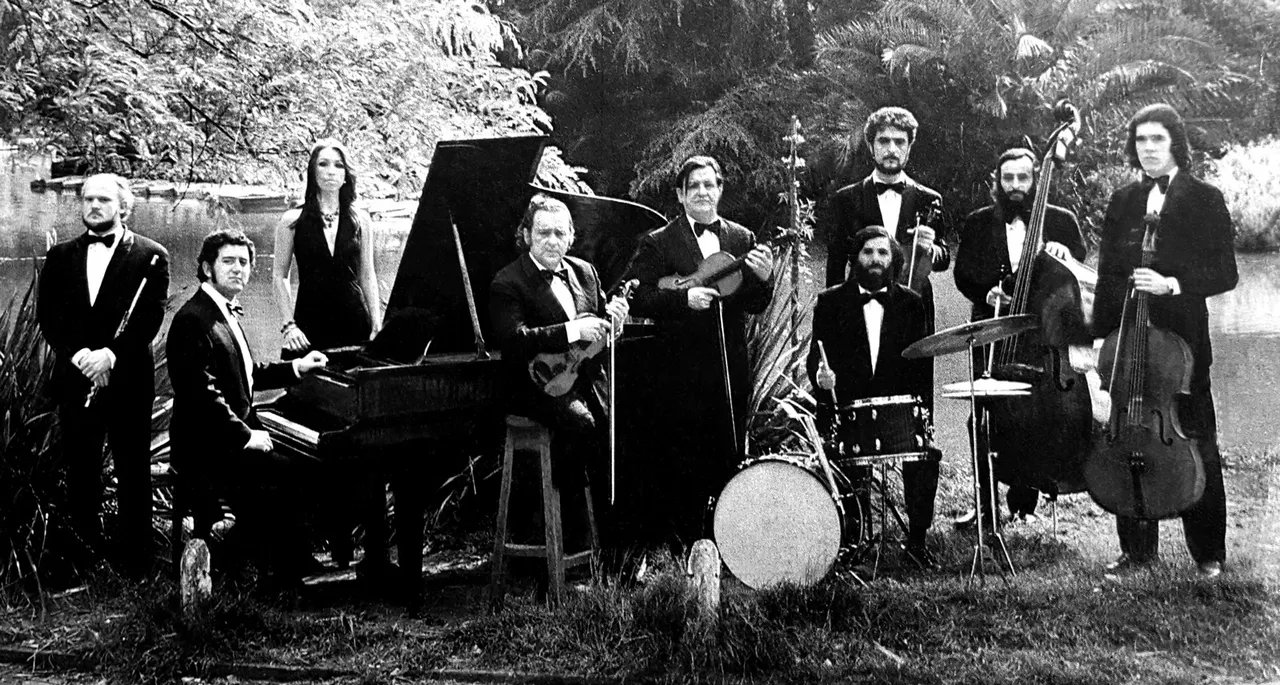
Source
Following the military coup of 1973, the members of the group began to suffer political persecution and a year later they were all captured and tortured. Then, thanks to international pressure, they were released on the condition that they never play again...
Of course, from a group of musicians it could not be expected anything else and soon the Camerata continued its musical activities, with the prior agreement that if one of its members were captured again, the others would go into exile.
In 1976, there was news about the arrest and imprisonment of one of the members of the group, precisely the father of my brother-in-law, and the raid in their club. This situation led them to have to ask for asylum and leave Uruguay. The first destination of the group was Venezuela, country to which my family had just returned, including Daniel, the violinist father of my nephews. This is how he becomes part of the group, to counteract his dad's musical absence.
In Venezuela the group did not have major success and limited itself to play during some time in places like the Juan Sebastian Bar and in some solidarity and cultural events.

After several months of prison and torture, Moisés Lasca, the violist was released from El Cilindro stadium (which the military had turned into a huge prison). However, it was known that they started looking for him again, so he requested asylum in the Mexican embassy until finally the Aztec country granted it and he was able to leave there.
The prospects for work in the northern country were more interesting than those they had in Venezuela, so the group moved to Mexico City and time showed that the decision was right. The success in Mexico was resounding and Camerata Punta del Este became an unprecedented musical icon in that country.
In 1977 I went to Mexico with the perspective of studying there, and by that time the group was a phenomenon, the simple entrance to the stages, as the auditorium of the UNAM (National University of Mexico) arose in the audience cheers and cheers to those who knew how to quickly win the affection and respect of Mexicans, with a cutting edge musical proposal. I had the immense fortune of being a witness during that time, of a brilliant career and an impeccable musical work, which has left a deep impression on me. Listening to their version of "Balada para un loco" (Ballad for a Madman) made me experience for the first time in my life what it was like to cry of emotion at a musical performance.
On October 12, 1984 they returned to Uruguay, just one month before the first elections that ended with the dictatorship of that country. The group began its intense activities, but the long years of persecution, torture, exile and all that entails with them, took them to a level where internal relationships could not continue and the group separated. Some members left the country and others followed, but with parallel activities.
In 1993 they got together and on that occasion they resumed the Café Concert, recorded what until now is their last production "Por la vuelta", released in 1999 and they made successful international tours. This team was until 2003.
After 15 years the group returns to meet under the initiative of the director of the Philharmonic of Montevideo, Ligia Amadio, with a view to a great tribute that will be done, in recognition of the extraordinary historical, political and social significance that Camerata Punta del Este has had.
Those who can be on December 6 in Montevideo will be able to witness this great event, which will take place at the Solís Theater of that city.
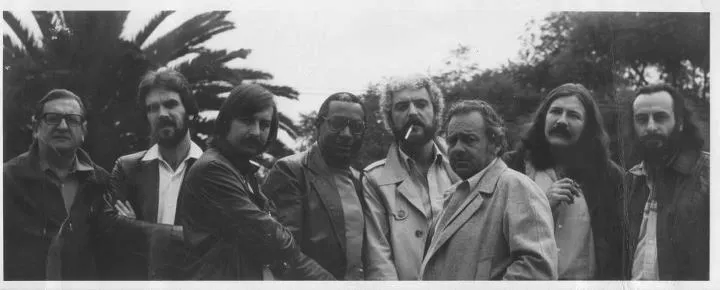
Source
What I liked most about writing this review is that, apart from making me rediscover an extraordinary repertoire and a unique style, it allowed me to speak with Daniel again, something we had not done for a long time. This is something that I should also thank Steemit… 👍

Music
El Garrón
La Cumparsita
Bichitos - Feat. María Vidal
Chinga chilinga – Feat. Rubén “El Negro" Rada
Sonata in A minor (Joseph Bodin de Boismortier)
Balada para un loco (Ballad for a mad man)
► Listen on DSound
► Listen from source (IPFS)
And if you want more music from Camerata, you can listen on Soundcloud
https://soundcloud.com/cameratapuntadeleste
# This post was created for the #mymusic tag. Read more!
# Esta publicación fue creada para la etiqueta #mymusic. ¡Leer más!
# Dieser Beitrag wurde für den Tag #mymusic geschrieben. Weiter lesen!


Follow - Upvote - Resteem
Recent posts / Artículos recientes / Kürzliche Posts
- La paloma (Gaita de tambora) [En-Es-De]
- Los Cañoneros and me, a history (1)
- Los Antaños del Stadium in #danceweekend [English-Español-Deutsch]
- 3 Classics / 3 Clásicos / 3 Klassiker #Danceweekend [English-Español-Deutsch]
- Chile (3/3) in #mymusic [English - Español - Deutsch]
